When replacing means a radical change. Overview of light armored vehicles. (Part of 4)
VAMTAC: At the end of 1990, the Spanish company Spanish URO Vehiculos Especiales SA developed a machine similar to Humvee and known by the name Vamtac (Vehiculo de Alta Movilidad Tactico). It soon became apparent that an armored version of this universal machine should be made for the Spanish Armed Forces, which are increasingly involved in military operations. This forced the company to first improve the chassis and chassis components (for example, the engine) and then develop a model range of complementary booking kits with increased levels of protection. Currently, the Vamtac S3 is available in three armored versions with the designation BN 1.6, BN 2 and BN 3. All three have different total weights, respectively 6,3, 8 and 8,5 tons with corresponding tonnage 1,2, 1,9 and 1,4 tons. BN 3 can be booked up to the 3 + Ballistic Protection Level, up to the 3a / 2b Mine Protection Level, whereas for the BN 2 option, the protection is 2 Level and 2a Level, respectively, and BN 1.6 Level 1. Accordingly, the BN 1.6 has a hp 188 engine. and the other two engine power 218 HP From June 2012, the BN 2 and BN 3 models can also have an HP 274 engine. Recently, a new suspension has been developed that can withstand a total weight of nine tons.
The main buyer of the Vamtac car is Spain, it was also widely exported to other countries, the second major buyer is Morocco with 1000 machines. Also this Spanish car was bought by Belgium, the Dominican Republic, Ghana, Malaysia, Portugal and Romania.
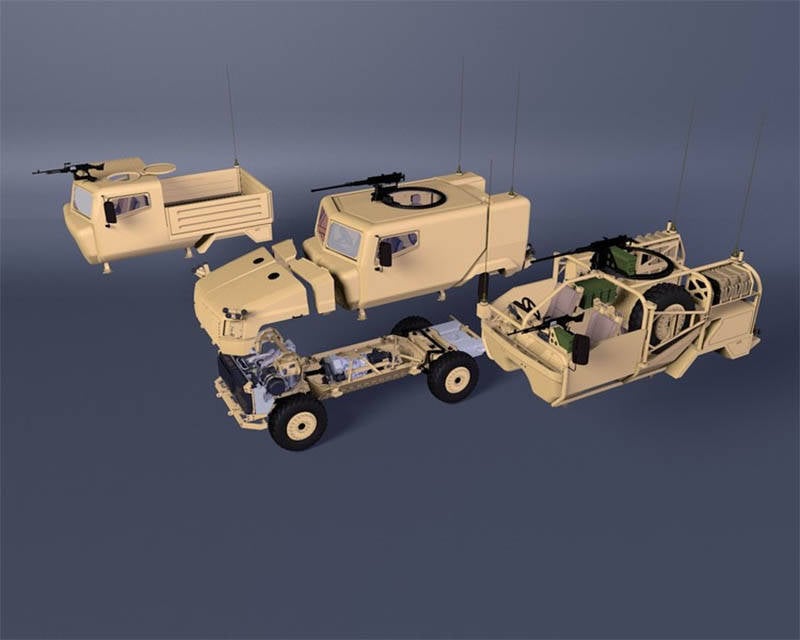
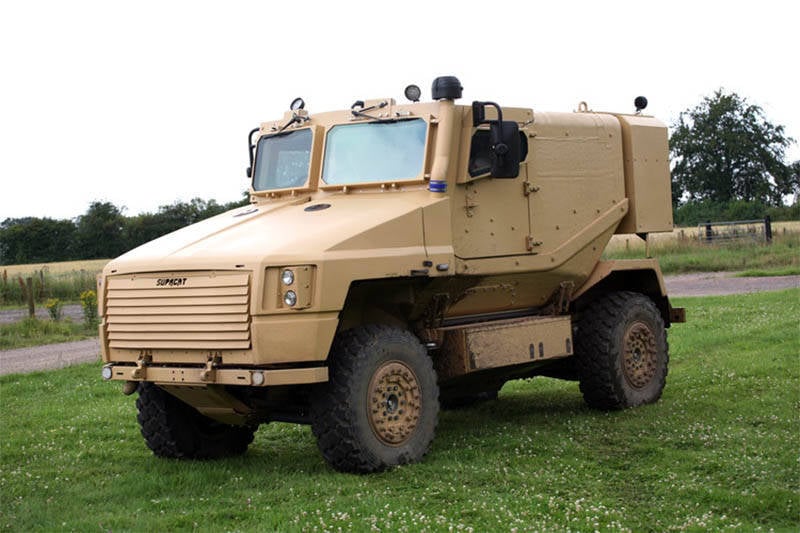
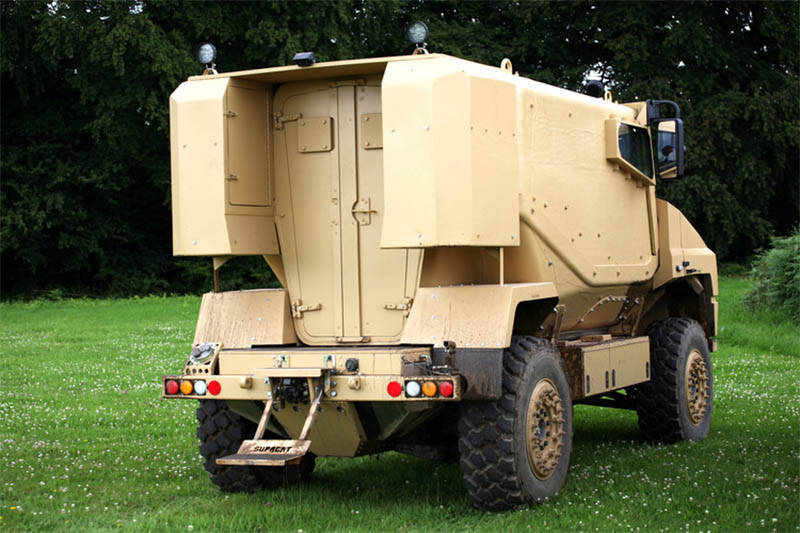
Switzerland
EAGLEA: Although Eagle is now a product of General Dynamics European Land Systems, it’s hard not to see this car as a Swiss product. Early models developed by Mowag on the shores of Lake Constance were based on the Humvee chassis and had a total mass of 5,1 tons. There have been numerous improvements, especially in the engine compartment, in order to cope with the mass of additional reservations. The main changes affected the Eagle IV, which actually received a completely different chassis. This car was originally more "Swiss" because it was based on the Swiss transporter Duro 4 x 4 created by Bucher-Guyer for the Swiss army. Changing the chassis was necessary because of the increased mass of this reconnaissance vehicle, which ultimately made one of the most protected vehicles in the lightest category.
EAGLE IV 6X6: The newest member of the family, announced two years ago and shown at Eurosatory 2012, is the 6 x 6 configuration of the GDELS machine. Despite the total mass of 15 tons, it is mentioned in this article mainly because it comes from a lighter version. Compared to the 4x4 and 6x6 variants in the cockpit configuration, which provides a secure 6 m3 volume and where up to six people are placed, the dead weight increases from 7 tons to only 7,8 tons, while the load capacity doubles more than doubled, from 3 to 7,2 tons. Both configurations are offered with two power block options: standard Cummins ISB6.7 E3 245 diesel engine with a hp 245 common fuel line. which provides the Eagle 4x4 to the power density of almost 25 hp / t; however, it is recommended to obtain satisfactory mobility of the Eagle machine in 6x6 configuration; installation of an ISB6.7 E3 285 engine; 285 - 300 hp 18 engine. (different engine power output depends on different electronics settings). The turning diameter is 16 meters, the optional third controlled bridge reduces it to 70 meters. The two options have between themselves the uniformity of XNUMX percent, which reduces the logistic burden when adopting them. Bridges from the company De Dion allow you to keep all the wheels on the ground, ensuring maximum off-road maneuverability.
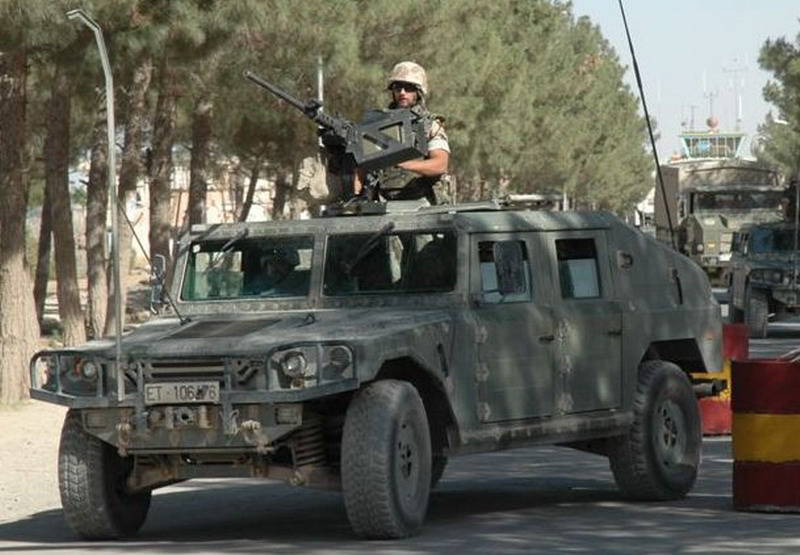
The extended version of the Eagle, the overall length of which has increased from 5,4 to 6,99 meters compared to the 4x4 version, has a 3,83 wheelbase between the first and second axles, while the distance between the gearboxes of the second and third axles is 1,3 m. The car is offered in four versions, already mentioned cabin crew, armored personnel carrier, sanitary and versatile vehicle. All have a total mass of 15 tons, although the load capacity, protected volume and height may vary depending on the option. The width remains the same as that of the Eagle 4x4 - 2,28 meter. The BTR can transport two crew members plus 10 infantrymen in a protected 11 m3 rear compartment, whose roof is raised above the crew cabin on 20 cm. This, of course, increases its own weight to 10 tons, which in turn reduces the payload to 5 tons. The sanitary version has a similar layout, but the height of the roof in the rear part is raised by 20 cm, increasing the protected volume to 12,5 м3. The own weight also increases to 10,5 tons with a load capacity of 4,5 tons. The car can carry two stretcher wounded and two medical workers plus two crew members in the front cabin. Large capacity is achieved in the universal version, which has a double cabin and a cargo platform capable of receiving 7,5 tons of cargo. At its presentation at the Eurosatory exhibition, GDELS showed an evacuation option based on a universal car. Protection levels have not been announced, although the headroom allows you to install additional tools, such as hinged lattice screens. In June 2012, one prototype passed the full tests and was ready to be shown to customers, while the second prototype was on the assembly line. The company considered France and Germany as the first potential buyers, although marketing activities also appear to be directed to other countries.
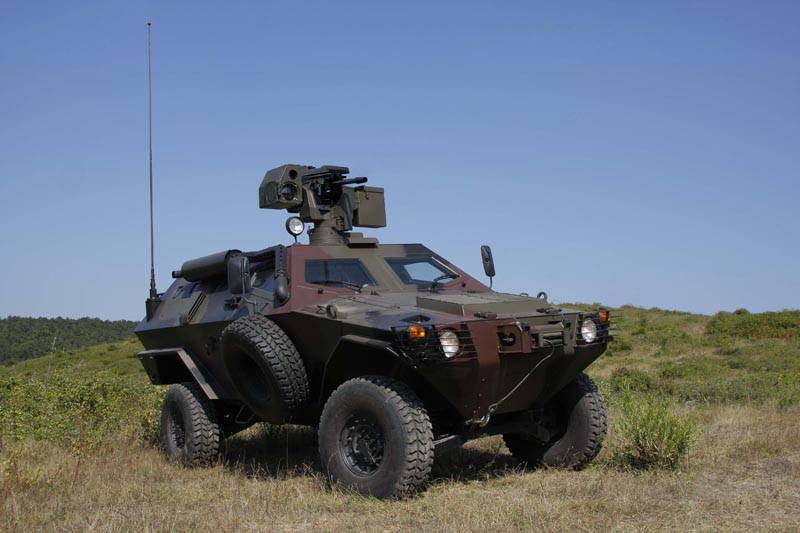
In Turkey Otokar is still expanding its range of Cobra machines based on the Hummer chassis. The latest modification of the Cobra 2.5 has improved protection and increased load capacity. As with many light armored vehicles, its continuous improvement has resulted in its total mass exceeding 10 tons, the estimated mass of the 2.5 variant is from 6,3 to 11,3 tons, depending on the protection levels requested by the buyer.
COBRA 2.5: The new version is undoubtedly quite recognizable (see photo), since it has two side doors compared to the standard machine, which has only one door, although both versions have a stern door. Another distinctive feature is a consequence of the need to protect the vehicle from mines and roadside bombs; In this regard, the wheels are significantly shifted beyond the dimensions of the crew’s armored capsule, while the front section is cut off by the blast wave in order to reduce the energy absorbed by the capsule. The prototype presented at AUSA 2011 had a significant level of booking and was equipped with what looked like an O-GPK turret (Objective Gunner Protection Kit). Increased total mass requires the adoption of a more powerful 6,5-l diesel engine. The prototype shown also acted as a demonstrator, as AM General and Otokar will adapt the machine to customer needs. Depending on the customer, the Cobra 2.5 version can be made either in Turkey or in America. Otokar recently signed a memorandum of understanding with Kazakhstan Engineering for the licensed production of an unspecified number of Cobra machines. Kazakhstan is one of Cobra's export customers along with Algeria, Azerbaijan, Bahrain, Georgia, Maldives, Nigeria, the Philippines, Slovenia and the United Arab Emirates.
Israel
WOLF: The machine accommodates three crew members plus six infantrymen. The Hatehof wolf is a well-proven machine and is based on one of the latest Ford chassis with a tonnage limit of 8,7 tons. In addition to the Israeli army, the car is in service with about ten countries, including the United Nations, Romania, Turkey, Bolivia and possibly Peru. Its construction is frozen and no more upgrades are foreseen for this machine tested in battles.
Hatehof, however, is looking beyond this model and is developing a version of Wolf 2. Although the car is in the final stage of development, Hatehof does not disclose any details except for its intention to increase the level of protection while keeping the mass close to the mass of the current Wolf model and maintain competitive cost by using the same automotive components. Hatehof intends to continue promoting the Wolf machine along with the new Wolf 2.
Australia
HAWKEI: Thales Australia's Hawkei 4x4 Hawkei 2011 innovative light protected outlook is quite bright in December 121, when Australian Secretary of Defense announced the selection of this vehicle for Land 4 Phase 15, preferring its Ocelot from Force Protection Europe. According to the company, Hawkei was decisive in favor of the fact that the car has the same survivability characteristics as Bushmaster’s 10-tonne, but with its own weight of XNUMX tons (Bushmaster was shipped to Australia, the Netherlands and the UK).
Hawkei is based on a steel case with a front subframe carrying the engine and gearbox, and a rear subframe; This configuration allows the machine to develop rapidly. A set of additional ceramic armor, developed by Plasan Sasa, can be quickly installed in less than half an hour with just two people. The Hawkei can be easily transported on a CH-47 helicopter's suspension, its own weight of 7 tons (without an overhead booking) freely fits into the limits of the helicopter's carrying capacity. First shown at Eurosatory 2012 (a model was exhibited at the 2010 of the year), the Hawkei includes the Thales electronic vehicle architecture VEA (Vehicle Electronic Architecture). This allows you to easily connect the combat control system and situational awareness, other systems, such as sensors for quick configuration, upgrading or reassigning the role. Hawkei was also equipped with the Thales Sotas communications system, Sophie optoelectronics, MBITR radios, and the Polaris GPS navigation system from Rockwell Collins. All information is collected on one screen, with each crew member has its own display.
Prototypes made at the present time, passed over 40000 km in the running tests and underwent more than 10 explosive tests in order to confirm the level of protection of the cockpit from mines and roadside bombs, although these levels remain classified.
In June, the Australian Ministry of Defense 2012 issued a contract worth Thales worth 37 million to Thales for the implementation of the 2 Phase program, which includes the assembly of six prototypes for further testing. The first car was supposed to be delivered by the end of 2012. Upon successful completion of these tests in 2015, final approval is expected for the acquisition, followed by initial production in 2016. The current need is defined in the Hawkei 1300, 700 patrol version with a four-door cab and six seats and a 600 general-purpose machine with a two-door cab, three seats and a larger payload. The contract value should be approximately 1,5 billion US dollars. In connection with her decision to adopt Hawkei, Australia does not fund the development and production phase of the American program, although she is still watching this process, since JLTV is considered as a backup solution in the event of an unlikely closure of the Hawkei program.
Thales Australia is promoting its car for export and is ready to adapt the car to customer requests. In addition to the planned options, commander, intelligence, communications and universal, other variants of the machine can be created. Power and electronic architecture of the machine make it easy to transform it as a transporter of weapons or rockets, for example. An EW version may also be provided.
In South Africa A division of BAE Systems, Land Systems OMC, is still working on its RG32M to increase its capacity and level of protection. Currently, the main customer for the 4x4 light armored vehicle is Sweden, which ordered 2005 machines in two batches in 2007 and 200, adding a third batch of 60 Series 3 vehicles in 2008 and making another 110 series 4 machines at the beginning of the 2012 year. The Swedish army needs a vehicle for a wide range of tasks, such as a command post, point of contact, reconnaissance and patrol options.
The Scandinavian success of RG32M definitely did not reach its apogee. Finland ordered additional 25 machines in June 2012 of the year after ordering 22 machines in January 2011 of the year, 10 units in June of 2010 of the year, 16 units in May of 2010 of the year and six in February of 2006 of the year. The first Series 3 cars appeared in the May order of the 2010 of the year, and all subsequent machines were delivered of the same standard. Currently, BAE Systems LS OMC has supplied ten machines from the 2011 order of the year. The latest cars should be handed over to Finland in the middle of the 2013 year.
Compared to the standard machine, the RG32M Series 3 model has a new suspension to handle a load capacity increased from one to three tons with a dead weight of 6,5 tons, which means an increase in the total weight from 7,5 to 9,5 tons.
The first country to choose the RG32 as a light tactical vehicle is Ireland, which received all of its vehicles.
Nanoceramic glass from IBD DEISENROTH (inset)
At Eurosatory 2012, the German company IBD Deisenroth, a well-known supplier of booking solutions, showed a new product based on nanotechnology from its range of ceramic products, which can significantly affect the levels of protection of light armored vehicles. The company has already shown its nanotechnology booking solutions, which reduce the weight of any given level of protection by half. A member of the new family, however, is making a real breakthrough in the world of light armored vehicles, since it is transparent and thus is a perfect substitute for armored glass (see photo).
The transparent surface is made of a set of tiles approximately the size of 50 x 50 mm made of synthetic ceramics; The crystal structure of the material has a very fine grain that is necessary for transparency. The size of the tile depends largely on the effect of the threat; a special bonding process is used to join the tiles. Gluing borders are invisible, which creates a large transparent surface. These tiles are then placed between the front glass to eliminate their abrasion and the rear plastic carrier component, which absorbs residual kinetic energy. The key issue here again is mass: 3 transparent ceramic protection shown by IBD Deisenroth has a density of 56 kg / m2, which is almost a quarter of 200 kg / m2 standard armored glass of the same level of protection. According to potential buyers, the cost of the new material is still significantly higher than the cost of armored glass, but the development of technology in combination with the increasing use of transparent nanoceramics should ultimately reduce the cost to an acceptable level.
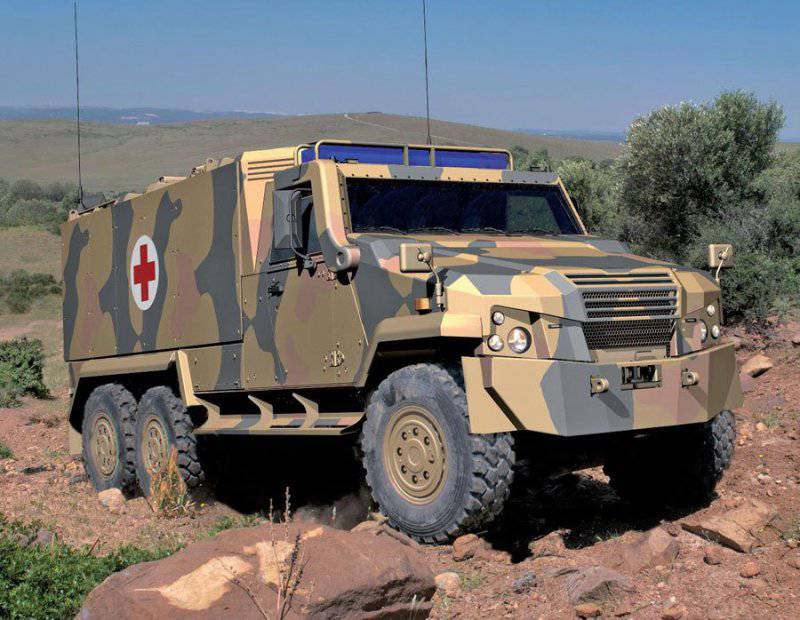
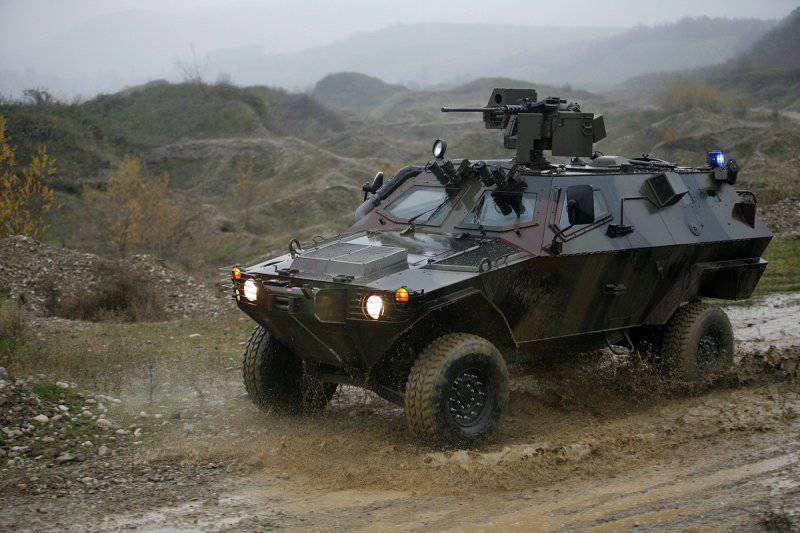
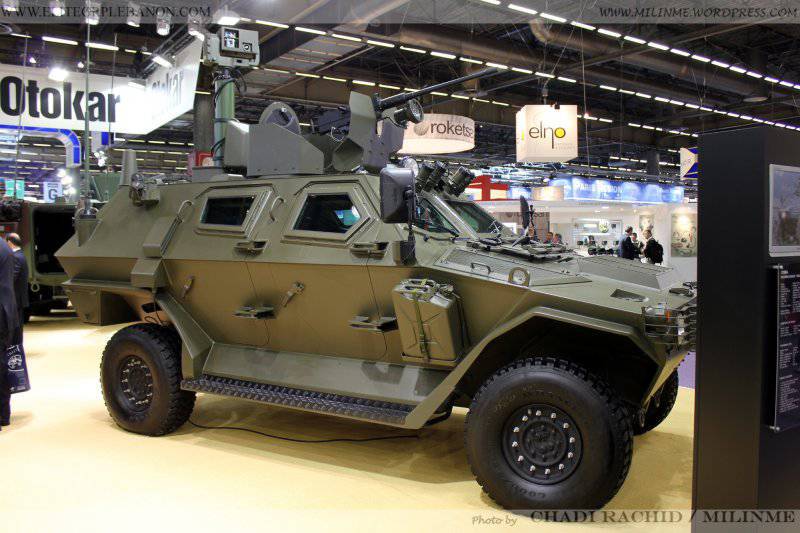
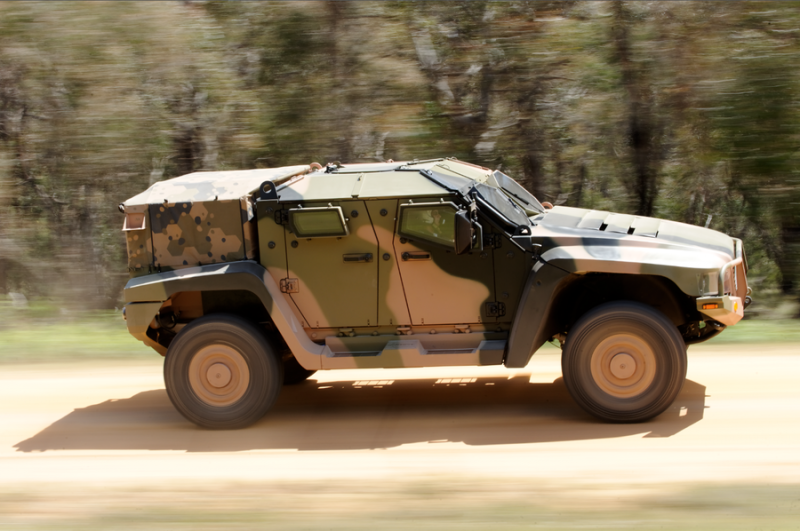
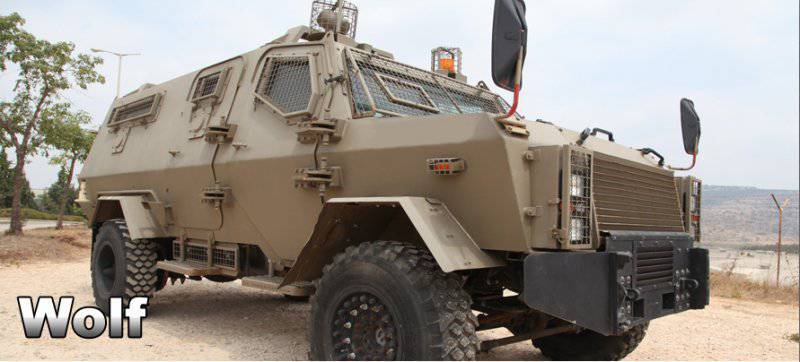
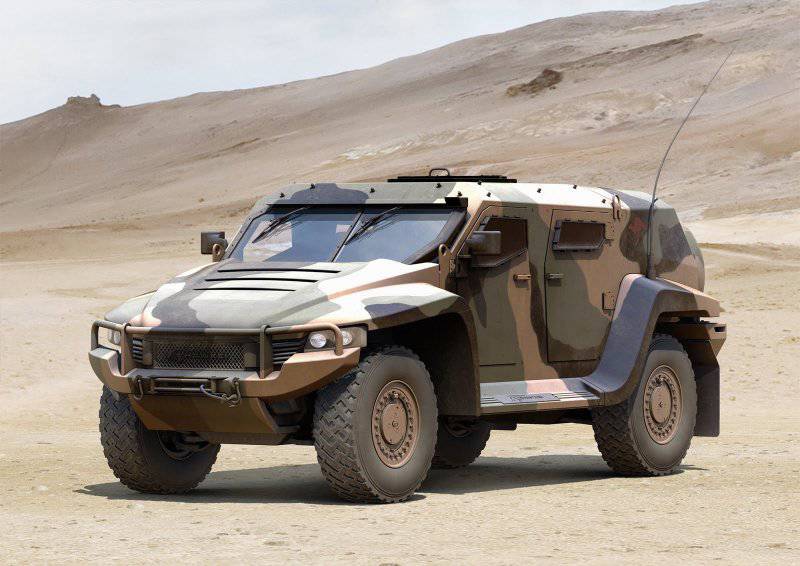
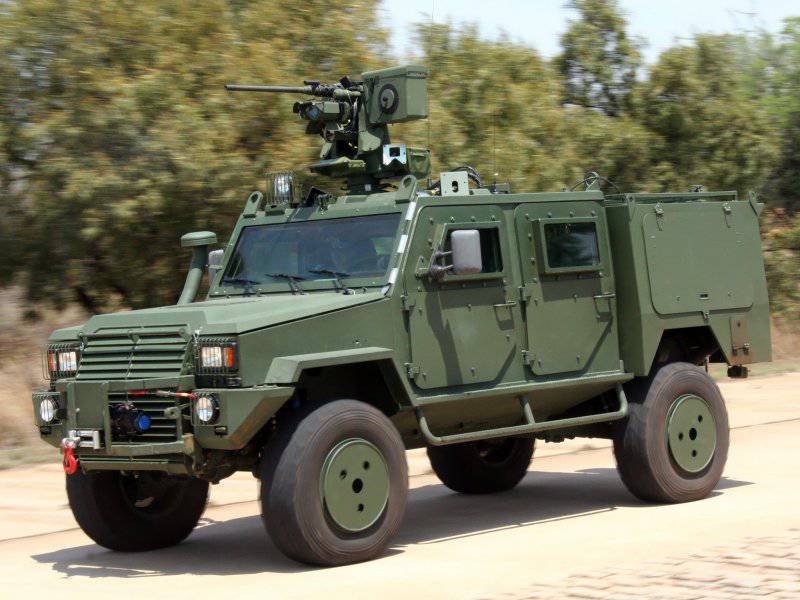
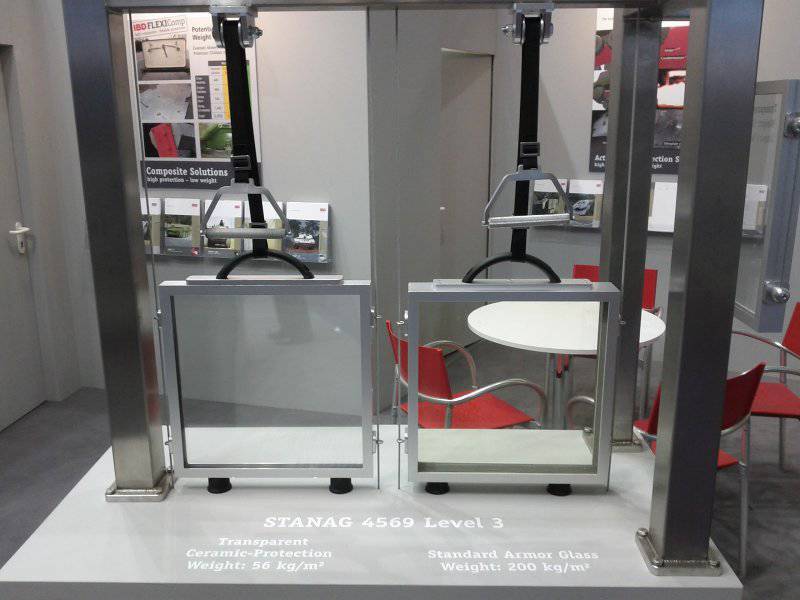
Information